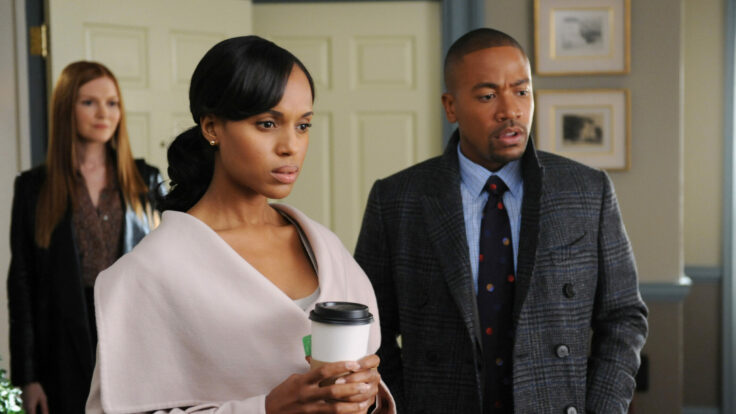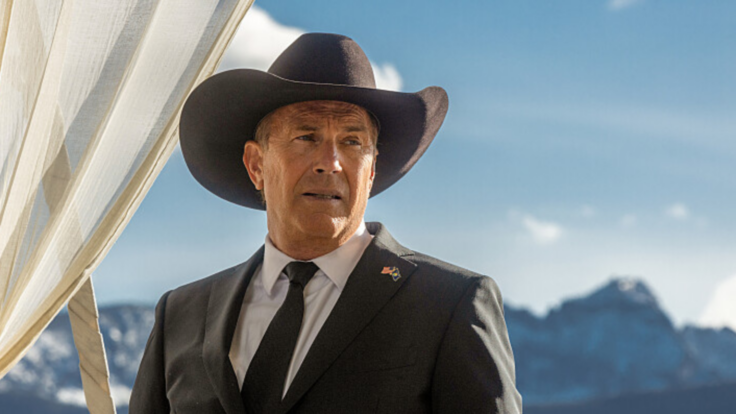There were any number of reasons to expect that Ghostbusters: Frozen Empire would open well below Ghostbusters: Afterlife, which relaunched the franchise with $204 million worldwide on a $75 million budget in Covid-plagued 2021. After all, the latest entry enjoyed far less hype than its Jason Reitman-directed predecessor; comedy sequels (from Gremlins II to Ted 2) often underwhelm; and it received comparatively worse reviews. But Sony Pictures somehow avoided the sophomore slump with its Gil Kenan-directed follow-up, which nabbed a $45.2 million domestic debut, slightly higher than Afterlife’s $44 million opening weekend. What went right?
Sure, Frozen Empire benefited from a general lack of kid-friendly alternatives, a generally consistent fan base (2016’s Ghostbusters: Answer the Call, Afterlife, and Frozen Empire all opened between $44 million and $46 million), and a well-liked predecessor. Yet Sony also deserves credit for its packaging choices. The posters and various TV spots emphasized not a knee-slapping supernatural comedy but a (literally) bone-chilling horror movie—they emphasized Dan Aykroyd gravely explaining an ancient phantom god “with the power to kill from fear itself.” This was offset with some humorous asides from the likes of Patton Oswalt and Paul Rudd, but potential audiences also saw grisly images of frozen corpses and carnage in present-day New York. Add in a few key glimpses of the imposing Garraka, and Frozen Empire teased very real supernatural menace. Meanwhile, for kids, it looked like a fun adventure that did not condescend to an audience old enough to watch Netflix’s often gruesome Stranger Things.

















